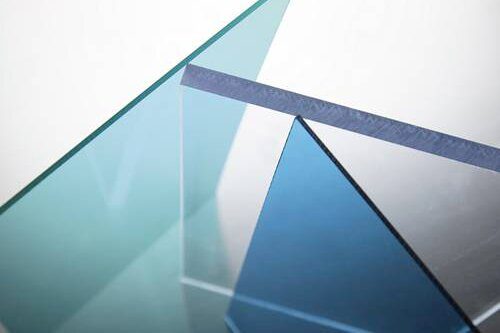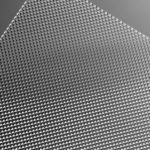High Performance Material



Our high-performance optical-grade materials are custom-engineered sheets designed to meet the most demanding requirements in flame retardancy, thermal stability, scratch resistance, and chemical durability. Each sheet is carefully produced to maintain consistent optical quality and mechanical reliability, ensuring long-lasting performance in challenging environments.
These materials serve critical industries including automotive, aerospace, and medical devices, where safety, precision, and reliability are paramount. By combining advanced material science with precision fabrication, we enable innovative, high-performance solutions tailored to each application.
Description
Through collaborative, joint development projects, our team partners with customers from initial concept and optical simulation to prototyping and full-scale mass production. This approach ensures that every product not only meets but exceeds performance expectations while accelerating time-to-market for complex optical and lighting applications.
Examples
- VO Fire-Rated Translucent Polycarbonate (3 mm / 0.118 in): Custom-tinted polycarbonate sheet with hard coating and UV stability, produced for a leading medical device manufacturer. Combines optical clarity, mechanical strength, and long-term durability for demanding healthcare environments.
- TP(a) Fire-Rated Polystyrene Prismatic Sheet: Designed for UGR < 19 luminaires requiring high fire retardancy, this prismatic sheet includes an anti-UV additive to maintain consistent optical performance over time.
- TP(a) Fire-Rated Clear Micro-Prismatic Sheet (0.8 mm / 0.0314 in): Ultra-thin sheet engineered for slim luminaires with UGR < 19 compliance. Features 1 mm (0.0393 in) prism width and 0.3 mm (0.0118 in) prism height, achieved through advanced optical engineering for precise light distribution and minimal glare.
- VO Fire-Rated optical grade PMMA used in medical device panels and housing.
Take the next step in your project today. Enquire now and let our team provide dedicated support and expert recommendations.